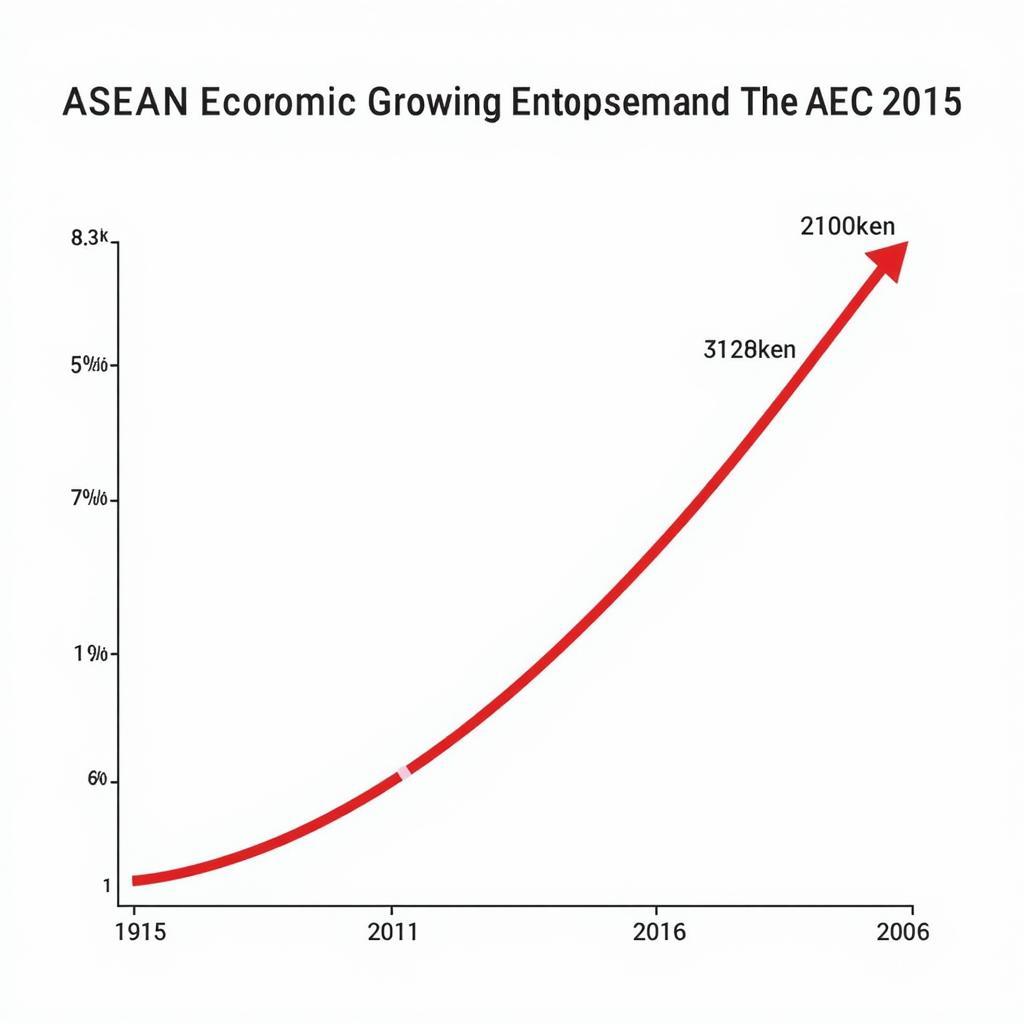The year 2015 marked a significant milestone for the Association of Southeast Asian Nations (ASEAN) as it witnessed the formal establishment of the ASEAN Economic Community (AEC). The AEC, a key pillar of ASEAN’s integration efforts, aimed to transform the region into a single market and production base, characterized by the free flow of goods, services, investments, and skilled labor.
The Vision of AEC ASEAN 2015: Towards a More Integrated and Competitive Region
The AEC blueprint, adopted in 2007, outlined a comprehensive roadmap for achieving deeper economic integration by 2015. The vision was to create a more cohesive and competitive ASEAN, better integrated into the global economy. This ambitious undertaking involved a wide range of initiatives, including:
- Eliminating tariffs and non-tariff barriers to trade: By reducing trade barriers, the AEC aimed to facilitate greater intra-ASEAN trade and attract foreign direct investment.
- Harmonizing customs procedures and standards: Streamlining customs procedures and adopting common standards were crucial for reducing transaction costs and enhancing trade efficiency.
- Facilitating the movement of skilled labor: Recognizing the importance of human capital, the AEC sought to facilitate the movement of skilled professionals within the region, fostering knowledge sharing and economic growth.
- Promoting investment liberalization: The AEC aimed to attract foreign investments by creating a more open and transparent investment climate.
Impact and Outcomes of AEC ASEAN 2015
The establishment of the AEC in 2015 had a profound impact on Southeast Asia, ushering in a new era of economic cooperation and regionalism. Some of the key outcomes include:
- Increased intra-ASEAN trade: Since the implementation of the AEC, intra-ASEAN trade has grown significantly, bolstering economic interdependence among member states.
- Enhanced regional competitiveness: The AEC has contributed to enhancing ASEAN’s competitiveness as a global investment destination.
- Greater connectivity and infrastructure development: Recognizing the importance of seamless connectivity, ASEAN member states have stepped up efforts to improve infrastructure, including transportation and communication networks.
 ASEAN Economic Growth
ASEAN Economic Growth
Challenges and Opportunities Beyond 2015
While the Aec Asean 2015 marked a significant achievement, challenges remain in fully realizing the vision of a deeply integrated and globally competitive economic community. These challenges include:
- Non-tariff barriers: Despite progress in reducing tariffs, non-tariff barriers, such as regulations and bureaucratic procedures, continue to hinder trade.
- Infrastructure gaps: Significant infrastructure gaps persist within the region, particularly in less developed countries, impeding connectivity and economic growth.
- Skills mismatch: Mismatches between the skills demanded by the labor market and the skills possessed by the workforce pose a challenge to realizing the full potential of the AEC.
asean automotive statistics 2014
ASEAN’s Economic Future: Building on the Legacy of AEC 2015
Despite these challenges, the AEC ASEAN 2015 has laid a solid foundation for further economic integration and cooperation. ASEAN continues to build on this foundation by:
- Addressing non-tariff barriers: Efforts are underway to identify and address non-tariff barriers through regulatory reforms and harmonization.
- Promoting infrastructure development: ASEAN is actively seeking investments and partnerships to bridge infrastructure gaps and enhance connectivity.
- Developing human capital: Recognizing the importance of a skilled workforce, ASEAN is prioritizing education and training programs to meet the evolving needs of the economy.
Conclusion: A More Integrated and Prosperous ASEAN
The AEC ASEAN 2015 marked a pivotal moment in Southeast Asia’s journey toward deeper integration and regionalism. While challenges remain, the commitment to economic cooperation and integration remains strong. By addressing the remaining barriers and leveraging the opportunities presented by the AEC, ASEAN is well-positioned to become a more integrated, prosperous, and influential force on the global stage.
FAQs
1. What were the key objectives of the AEC ASEAN 2015?
The AEC aimed to establish a single market and production base, characterized by the free flow of goods, services, investments, and skilled labor within ASEAN.
2. How has the AEC impacted intra-ASEAN trade?
The AEC has significantly boosted intra-ASEAN trade, fostering greater economic interdependence among member states.
3. What are some of the challenges facing the AEC?
Non-tariff barriers, infrastructure gaps, and skills mismatches are among the key challenges that need to be addressed to fully realize the AEC’s vision.
Need further assistance? Contact us at Phone: 0369020373, Email: aseanmediadirectory@gmail.com or visit our office at Thôn Ngọc Liễn, Hiệp Hòa, Bắc Giang, Vietnam. Our customer support team is available 24/7.
